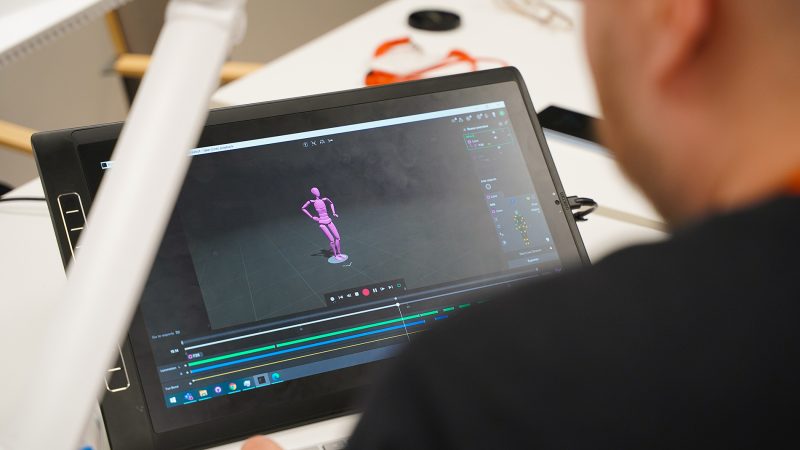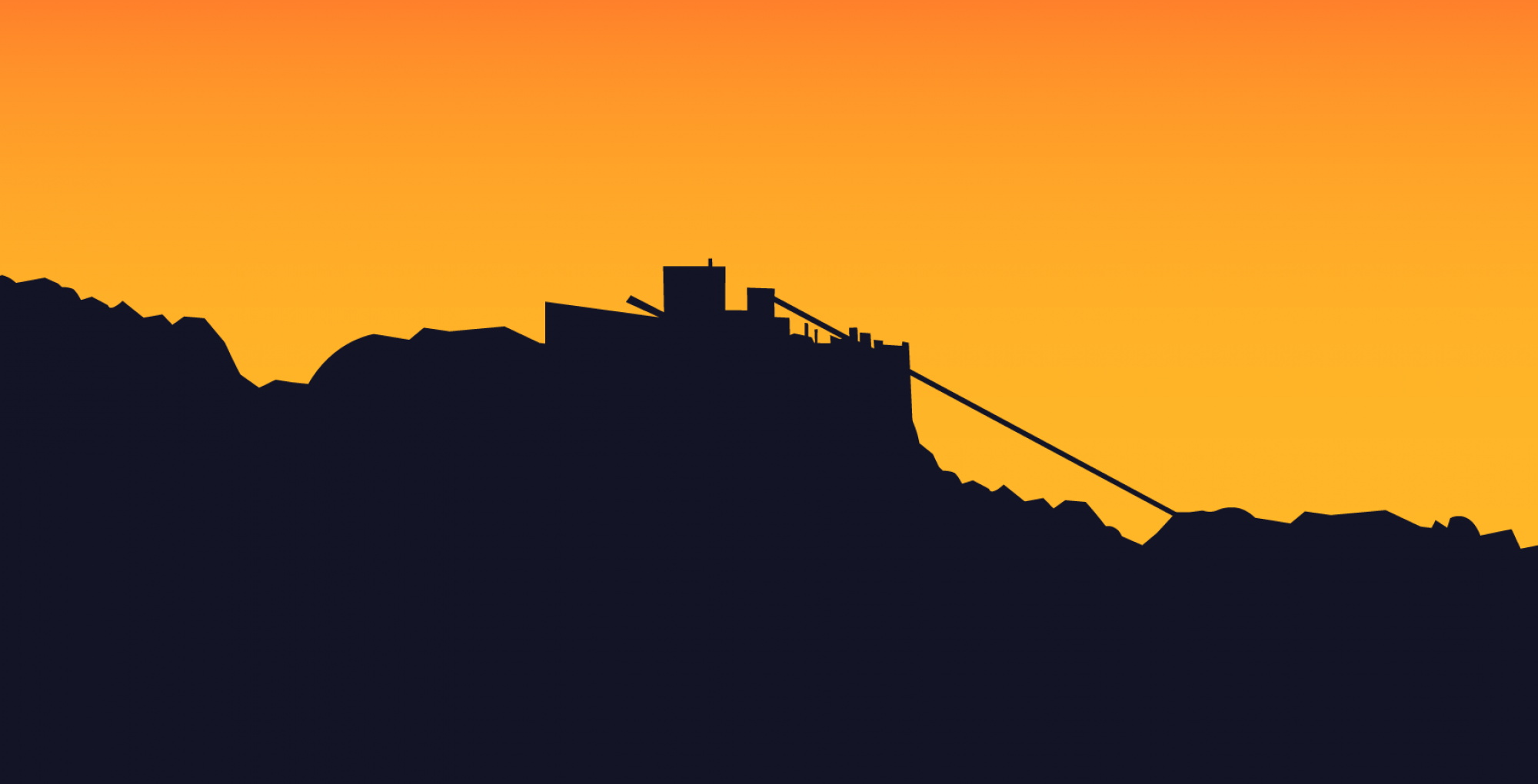Motion capture of character animations for game exercises
05/10/2021
Motion capture is, in short, the recording and transfer of an actor’s movements into a digital format that allows these movements to be used, for example, in videos or games. In the Migael project, the motion capture suit we have used is made by Rokoko Studio, which also includes gloves and software for capturing facial movements. Motion capture is now possible even on a small budget, since there are suits that don’t require separate expensive cameras or software.
The Migael project has tested this technology because the project includes a lot of character animations at different stages of mining work. The first motion captures were made for the worker-characters in the 4th game exercise and later in the 5th exercise, where the foreman was fully animated in this way – which was one of the most significant visual outputs of the exercise. Animation with traditional tools would be time-consuming in hand-made character animations, as well as the errors tend to stand out more clearly.
What is the animation process like in practice?
To get started, it’s a good idea to set aside plenty of space to move around, which also helps avoiding interferes with suit sensors. During remote working, it has been possible to record movements even in your own living room.
First, put on and install a suit that connects to your computer over a wireless network. Before capturing the movement, the suit must be calibrated in the T-position, so that the suit’s sensors are positioned in the right places and identify, among other things, the floor surface. The sensors, wires, control unit and power supply in the suit are detachable for suits of different sizes.
The movements can be seen in real time on the PC-screen, and it is also possible to combine them with the pre-built environment in the game engine. The actual capture is done with Rokoko Studio software, where it is also possible to edit the recorded animations. If there is a need to make more detailed edits or corrections to the animations, they must be done with 3D programs; However, the most common file formats can be extracted straight from the Rokoko Studio, so the actual 3D software doesn’t matter that much.
Finally, when the captured animations are fixed, they can be transferred to the game engine and connected to the game character. The end result is a much mroe realistic and enjoyable motion animation that has not even taken as much time to create as the traditional animation style!



